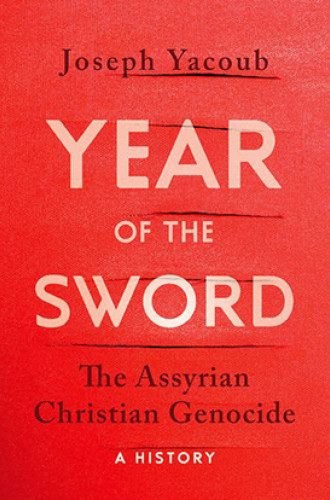The persecuted Assyrians, then and now
Thousands died, and many sacred places were destroyed—100 years before ISIS.
This meticulous and moving book was originally published in France in 2015, the 100th anniversary of the Armenian and Assyrian genocides—what Assyrians call “the Year of the Sword” (Seyfo). The Armenian genocide is well known. But despite ample documentation and eyewitness reports, the Assyrian genocide is much less known, partly because the Assyrians are often little known. Smaller in number than the Armenians, the Assyrians were widely dispersed, far from urban centers, and never had a state. An Assyrian document dated September 1, 1920, notes: “Battered and stricken nations like ours do not have enough men to have their voices heard.”
Assyrians—also called Chaldeans, Syriacs, Nestorians, or Jacobites—are descended from the early peoples of Mesopotamia with a history of perhaps 5,000 years. Most became Christian in the first century (through the mission of the apostle Thomas, their tradition claims), and they continue to speak Aramaic, the language Jesus spoke. They were sundered from many other churches over theological differences at the Councils of Ephesus and Chalcedon, and the majority became members of two churches: the Syriac Orthodox Church of Antioch and All of the East, and the Ancient Church of the East (often erroneously called “Nestorian”). Those who later came into communion with the Catholic Church are usually called Chaldean.
The Ancient Church of the East responded to Western rejection by becoming perhaps the greatest missionary church in history. Its operating languages were Syriac, Persian, Turkish, Sogdian, and Chinese. It established 250 dioceses and 1,000 monasteries from Iraq to India and China. It had bishops in Afghanistan, Arabia, China, India, Iran, Sri Lanka, Tibet, Turkestan, and Yemen. It may even have reached to Burma, Vietnam, Indonesia, Korea, Japan, and the Philippines. Later its numbers and reach were crushed, principally by Mongol conquests.






